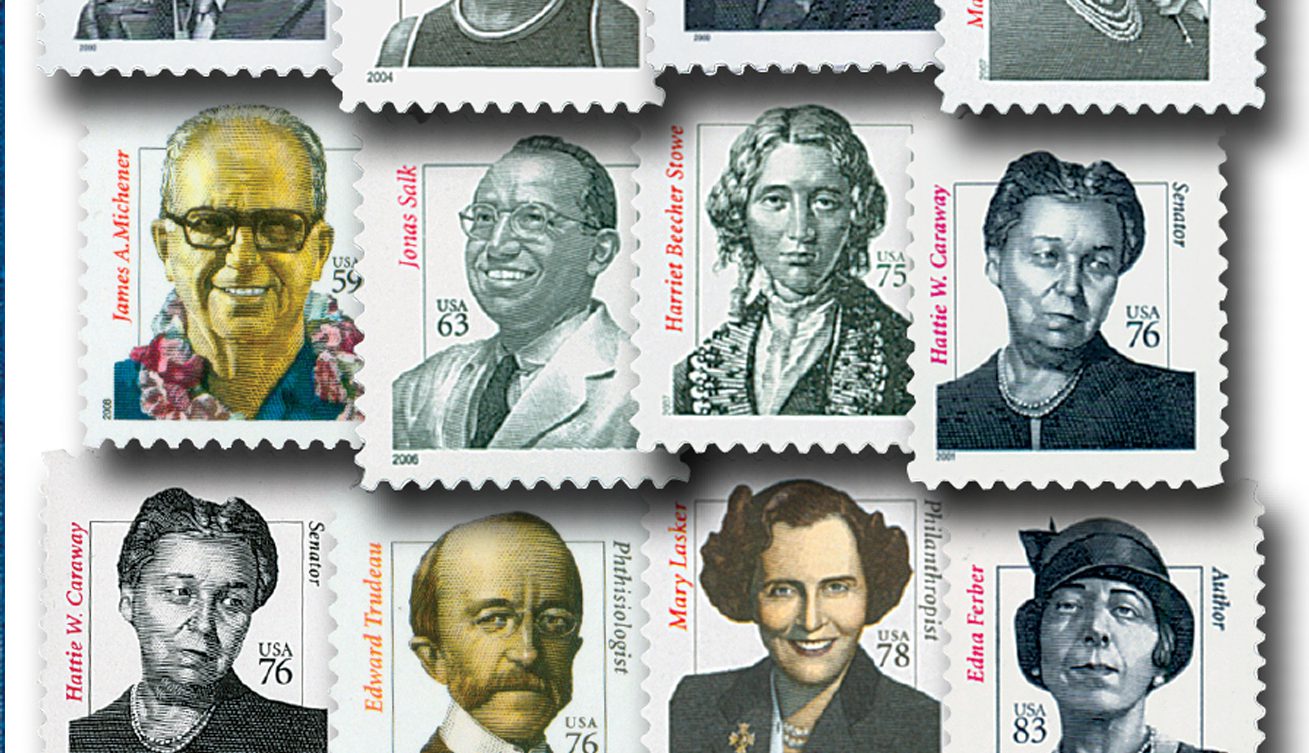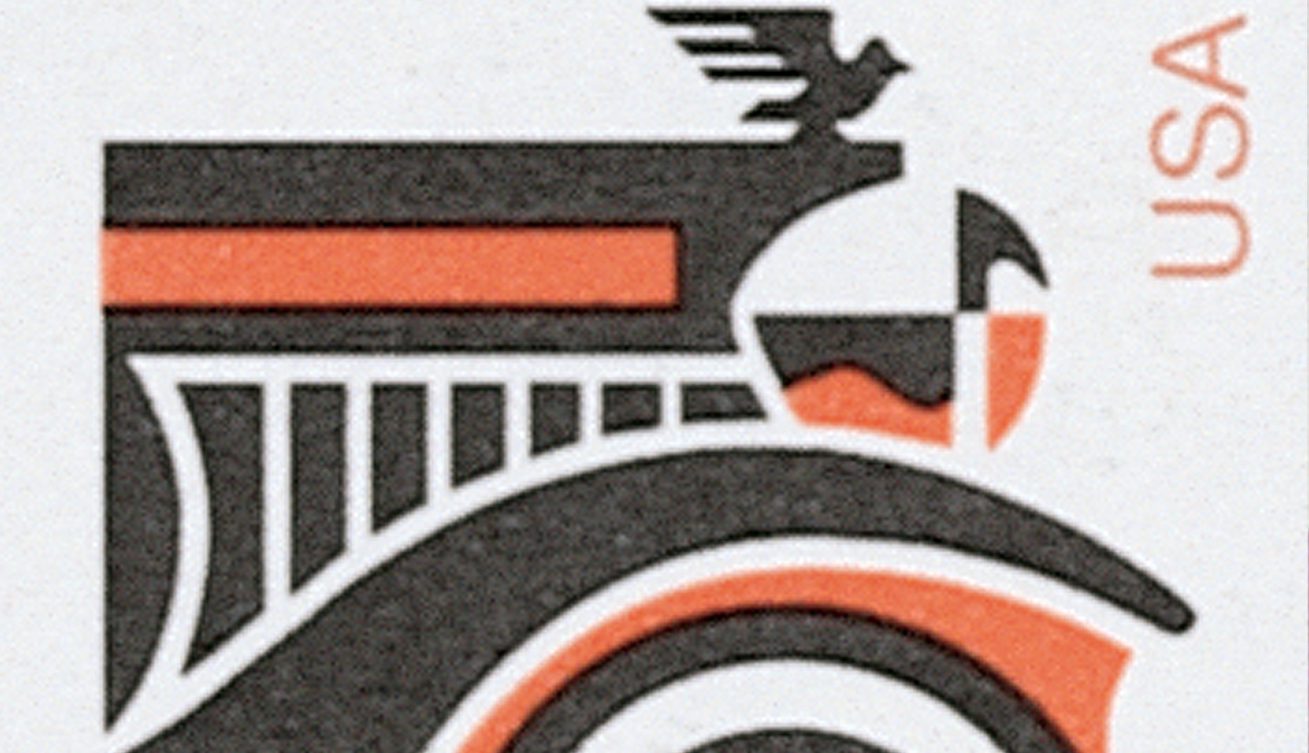American Sports Series
On September 22, 1981, the USPS inaugurated its Sports Series (sometimes called the American Sports Personalities Series), honoring some of America’s most notable athletes.

On September 22, 1981, the USPS inaugurated its Sports Series (sometimes called the American Sports Personalities Series), honoring some of America’s most notable athletes.

On August 24, 2000, the USPS issued the first stamp in the Distinguished Americans Series. Over the course of more than two decades, the series has honored 20 Americans from all walks of life.

On July 16, 1934, the first stamp in the National Parks Series was issued, honoring Yosemite National Park. The series was issued to raise awareness of America’s national parks, and was part of the Infamous Farley’s Follies…

On July 4, 1987, the USPS issued the first in a series of stamps honoring America’s first 13 states. The series honored each state’s 200th anniversary of statehood as well as the bicentennial of the ratification of the Constitution.

On June 22, 1943, the first stamp in the Overrun Countries Series, US #909, was issued. These stamps were created to send a message of hope to war-torn residents of the overrun countries.

On May 22, 1978, the USPS issued its first in a long series of Alphabet rate change stamps. These stamps were used with existing postage until new stamps were released to meet changing rates.

On May 18, 1981, the USPS issued the first stamp in the Transportation Series picturing the Surrey, a doorless four-wheeled carriage. The series would span 15 years and become the largest definitive series at the time.

On May 15, 1993, the USPS issued the first installment in the Garden Flower Series, which would honor flowers that bloom in each of the four seasons. The series was inspired by the popular Wildflowers 50-stamp se-tenant issued a year earlier.

On March 10, 1995, the USPS issued the first stamps in two new definitive series – American Scenes and American Transportation. These stamps were created as part of the USPS process of converting its service-inscribed stamps for discounted bulk mail to non-denominational postage.